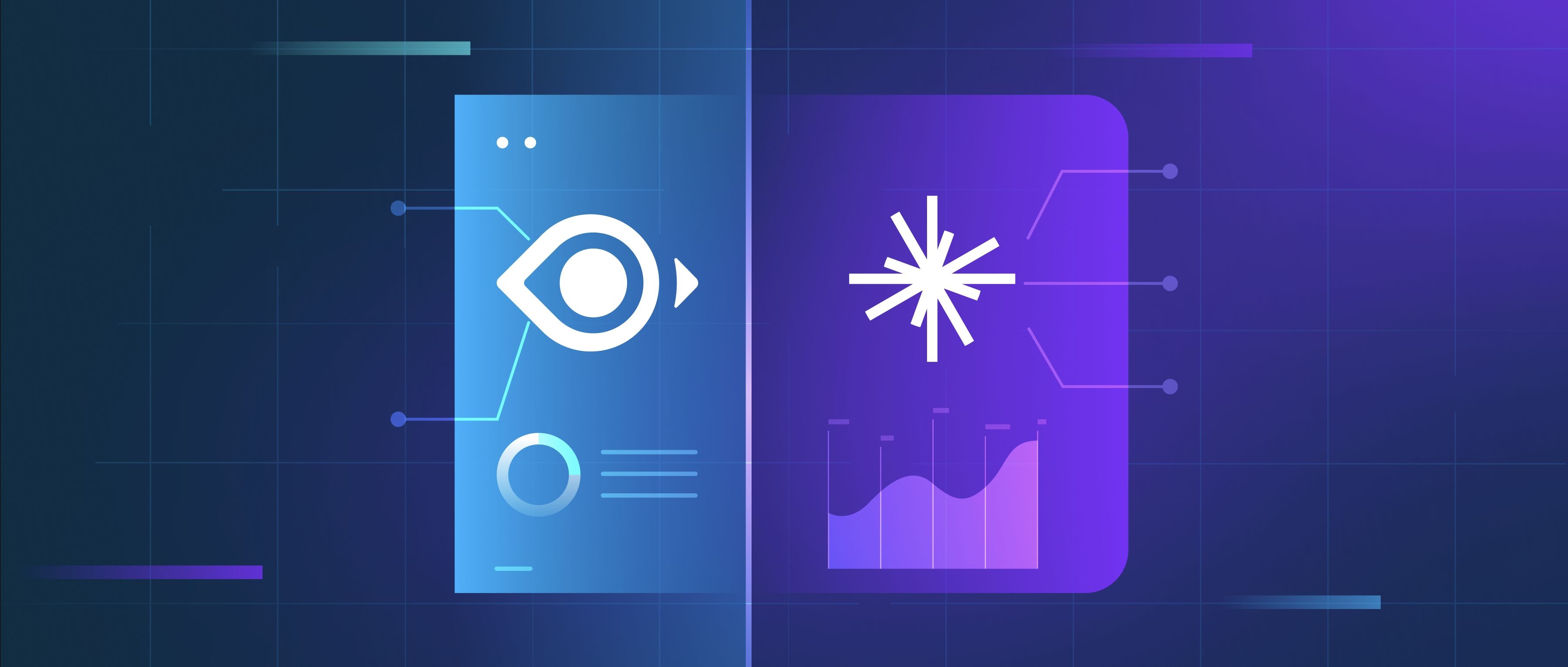Several ETL tools dominate the market, each catering to different use cases and technical environments. Informatica PowerCenter is a long-standing enterprise solution known for handling complex data integration at scale. It offers robust transformation capabilities, support for diverse data sources, and advanced metadata management, making it a fit for large organizations with intricate workflows. Talend provides both open-source (Talend Open Studio) and commercial versions, emphasizing flexibility with a visual interface and code-generation features. It integrates well with big data ecosystems like Hadoop and cloud platforms, appealing to teams seeking a balance between customization and ease of use. Apache NiFi, an open-source tool, specializes in real-time data flow automation with a drag-and-drop UI. Its strength lies in data routing, transformation, and monitoring, often used in IoT or streaming scenarios where low-latency processing is critical.
For Microsoft-centric environments, SQL Server Integration Services (SSIS) is a common choice. Tightly integrated with Microsoft’s SQL Server and Azure services, it allows developers to build ETL pipelines using Visual Studio, with prebuilt tasks for common operations like data cleansing. AWS Glue, a serverless offering from Amazon, simplifies cloud-based ETL by auto-generating Python or Scala code for data transformations. It integrates seamlessly with AWS services like S3 and Redshift, ideal for teams prioritizing scalability and reduced infrastructure management. Matillion targets cloud data warehouses (e.g., Snowflake, BigQuery) with a user-friendly UI and prebuilt connectors, enabling rapid pipeline development without heavy coding. It’s popular among mid-sized companies adopting modern cloud analytics stacks.
Open-source options like Pentaho (now Hitachi Vantara) provide cost-effective ETL solutions with community-supported plugins and support for hybrid environments. IBM DataStage caters to enterprises needing high-volume batch processing, offering parallel job execution and deep integration with IBM’s ecosystem. Google Cloud Dataflow, based on Apache Beam, supports both batch and stream processing, appealing to teams building real-time analytics on Google Cloud. These tools vary in architecture and learning curves, but all address core ETL needs: extracting data efficiently, transforming it reliably, and loading it into target systems with minimal friction. The choice often depends on existing tech stacks, budget, and whether the focus is on-premises, cloud, or hybrid workflows.
